CORONAVIRUS UPDATE
We are open and have modified our services to better serve you during the COVID-19 pandemic.
More News To Come
Custom Solutions
The Latest Technology
Since 1998
Abstract
Ross Young will talk will feature Display Supply Chain Consultants (DSCC) latest display market and technology outlook. It will focus on
- The latest results for 2022 display revenues and shipments by market and technology;
- DSCC’s latest long term forecast through 2027 by technology, market, fab schedules, capacity, etc.; and
- How display technology performance and market share is likely to evolve as OLED, MiniLED LCD and MicroLED competition heats up. OLEDs will keep getting better with tandem OLED stacks, phosphorescent blue OLED emitters, G8.7 high mobility oxide backplanes and G8.7 fine metal mask vacuum thermal evaporation boosting display brightness, efficiency and lifetimes while lowering cost. In the LCD camp, MiniLED backlights bring premium performance with costs that are expected to fall rapidly. While LCDs and OLEDs continue to improve, the emerging threat of MicroLEDs looms. . Which technology is best positioned for long term success?
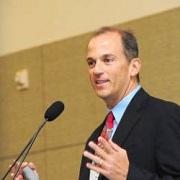
Biography
Ross Young is the co-founder and CEO of DSCC. Previously, he started, ran and sold DisplaySearch which he started with less than $500 in capital and grew to over $10M in revenues. He has also worked throughout the display supply chain including at a TV brand, panel supplier, multiple equipment suppliers and a materials supplier. Shortly after completing graduate school at UCSD and Japan’s Tohoku University in International Management, Young published a book on the semiconductor industry called Silicon Sumo: US-Japan Competition and Industrial Policy in the Semiconductor Equipment Industry published by the University of Texas.
Abstract: From 65 Inches to 10 nm – Taking Apart Quantum Dot TVs
Pete Palomaki will talk about Quantum Dot has enabled displays have become a mainstay of modern display technology, especially in the TV segment. QD-films are the most commonly utilized form factor used to convert blue LED light to red and green for wide color gamut and high brightness. However more recently QD-OLED has become a top-tier display using QDs to convert from blue OLED at the sub-pixel level, providing an amazing viewing experience. Pete will take a peek inside TVs that contain QDs, from the basic QD-film approach, through the newest QD-OLED approach. Using in-depth optical and spectral analysis and complete video teardowns, he will start with the entire display and drill all the way down to the details of the QDs themselves, learning a bit along the way about how these materials are utilized now and into the future.

Biography
Pete Palomaki is the owner and chief scientist at Palomaki Consulting, LLC, where he consults with companies around the world on understanding, characterizing, and implementing QD and other nanomaterial technologies. He holds a PhD in chemistry from Rensselaer and has developed QD enabled optical technologies at National Renewable Energy Laboratory along with multiple companies, including QD Vision.
Abstract
David Eccles swill cover the state of the art of projection technology and its applications, starting with a brief history of significant developments in projectors and components that led to current-day projectors and applications. These include the latest developments in digital light processing (DLP@), liquid crystal on silicon (LCoS), and LCD imagers; light engines; high dynamic range (HDR) and wide color gamut light sources including LEDs and lasers. The various projector architectures will be explained along with their relative advantages for different products and applications as well as what the future holds in store.
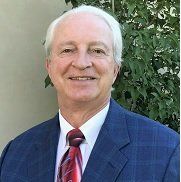
Biography
Dave Eccles has 47 years experience in display systems including projectors and flat panel displays for consumer, industrial, and military electronics. He has extensive experience developing projection technology and applying it to products, systems and aircraft flight simulators. Dave served as SID Vice-President for the Americas 2002-2004; most recently he was responsible for updating the Projection Milestone Technology chart for SID Display Week. He continues serve on the peer review committee evaluating projector and display system technology papers. He has served on industry boards and standards committees. Dave has authored papers for technical journals and magazines and has presented at display conferences. His roles in displays have included VP of design engineering and manufacturing at Sony where his team developed the first HDTV to market in the USA. His career has taken him from Hughes Aircraft Company with the development of the precursor of LCoS projectors, to Sony, to international consulting, then to Colins Aerospace for projector-based flight simulators.
Abstract
Phil Warren’s presentation will help define HDR through specs and standards, discuss what HDR can be when appropriately implemented, and reveal why it can fall short of expectations. He’ll emphasize why it’s important to hold content creators to a higher standard to prevent viewer disillusionment. Warren also will address broadcast, streaming, and cinema applications.
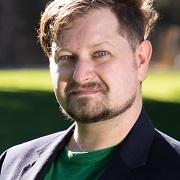
Biography
Phil Warren is an image scientist, photographer, and coder. Following 12 years in research and development with Dolby's Advanced Technology Group, he continues to work in image research through Warren Image Consulting. He has been active in standardization bodies such as SID, the ICDM, and the International Electrotechnical Commission (IEC). He is currently co chair of 30MR, the metadata and registers group, of the Society of Motion Picture & Television Engineers (SMPTE).
Abstract
Seth Coe-Sullivan’s presentation will cover nanoscale semiconductors in the pandemic era, with topics on nanoLEDs for disinfection, nanowires for microLED and nanoLED displays, and QDs in LCD, miniLED, and microLED displays.
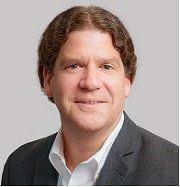
Biography
Presently Seth Coe-Sullivan is co-founder, board member, Chief Executive Officer, and President of NS Nanotech, Inc. a spin-out of University of Michigan based on technology developed by Professor Zetian Mi. NS Nanotech is the world-leader in solid-state far-UVC disinfection, launching the ShortWaveLight Emitter in 2020.
Until 2019 Dr. Coe-Sullivan was Chief Technology Officer of Luminit LLC, where his team launched the world’s first volume holographic combiner product for augmented reality displays. Before joining Luminit, Seth was co-founder, board member and COT of QD Vision, which was acquired by Samsung. He also currently advises several start-up companies in their early technology development phases. Coe-Sullivan received his Ph.D. in Electrical Engineering from the Massachusetts Institute of Technology, and Sc.B from Brown University. He has more than 50 papers, patents, and patents pending in the fields of inorganic and organic light emitting devices, quantum dots, displays, and environmental health and safety. He has received many industry awards (from Business Week, Wall street Journal ,SEMI etc) and the prestigious SID Peter Brody Award for his pioneering work bringing quantum dot technology to market.
Abstract: Novel display architectures for consumer smart glasses
Bernard Kress will discuss mass adoption of AR,VR and MR headsets as gateways to Metaverse use cases and smart glasses for contextual displays is contingent on solving all three immersive displays comfort pillars: wearable, visual and social. To do so, novel display architectures need to be developed and implemented, a step beyond the traditional direct view and/or display engine + optical combiner concepts which ruled the past decades of product developments in this field. Novel multifunctional display building blocks integrating both image generation, image combining as well as sensing in a monolithic transparent hybrid optoelectronic component are key to designing effective all-day use forgettable smart glasses. Such hybrid functional integration on a transparent substrate require major developments in display technologies, micro-optical engineering as well as in novel computational display algorithms based on multi-path planar architectures“.
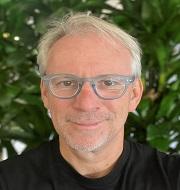
Biography
Bernard Kress has been involved in Optics and Photonics for the past 25 years as an author, instructor, associate professor, engineer, and hardware development manager in academia, start-ups and multinational corporations, with a focus on micro-optics, diffractive and holographic optics. He successively worked on products developments in the fields of optical computing, optical telecom, optical data storage, optical anti-counterfeiting, industrial optical sensors and more recently in immersive displays for augmented and mixed reality systems.
Bernard published several books, holds close to 100 patents, and wrote a few hundred papers on these topics.
He is the 2023 President of the International Society for Optics and Photonics (SPIE). He also set up and chairs various SPIE conferences including the SPIE AR/VR/MR co-located with Photonics West and the SPIE Digital Optical Technologies co-located with Laser Munich. He is also a short course instructor on micro-optics and ARVR displays and hosts the monthly online SPIE AR|VR|MR fireside chats.
Bernard held engineering management positions at Google [X] Labs since 2010 (Google Glass) and Microsoft since 2015 (HoloLens). He is since 2021 the Director for XR engineering at Google in Mountain View, CA.
Beyond Storage: SSD's Diverse Industry Applications
SSSTC Unveils a dozen of New SSD at Embedded World 2024 & CITE 2024
[SSSTC推出首款ESG SSD- CVC系列-提供-40~85度極端環境應用的新選擇]
In April 2024, Solid State Storage Technology Corp. (SSSTC) will showcase a variety of mainstream Solid State Drive (SSD) products at Embedded World 2024 and CITE 2024. The company will exhibit storage solutions suitable for diverse applications, including Smart Factories, Retail, Transportation, Networking, Healthcare, and Entertainment. Meanwhile, to meet the storage needs derived from edge computing, SSSTC will feature SSDs characterized by low latency and high durability, as well as industrial-temperature SSDs designed to withstand extreme conditions.
Products developed and manufactured by SSSTC's in-house R&D team encompass industrial-grade and enterprise-grade SSDs. These include industrial-grade wide-temperature and pSLC SSDs, along with enterprise-grade PLP and high DWPD SSDs, all of which will be showcased at two exhibitions. SSSTC offers a variety of interfaces and form factors to meet diverse application needs. These include SATA 2.5-inch, SATA M.2, PCIe M.2, PCIe U.2, and PCIe E1.S, available in a range of capacities and specifications.
If you are attending the exhibitions in Germany or China, please take a moment to visit our booth. Attendees will enjoy the unique opportunity to engage with SSSTC’s seasoned professionals and partake in live demonstrations. We warmly invite you to explore the wide range of SSD solutions we offer and find the perfect product for your business.
Product List
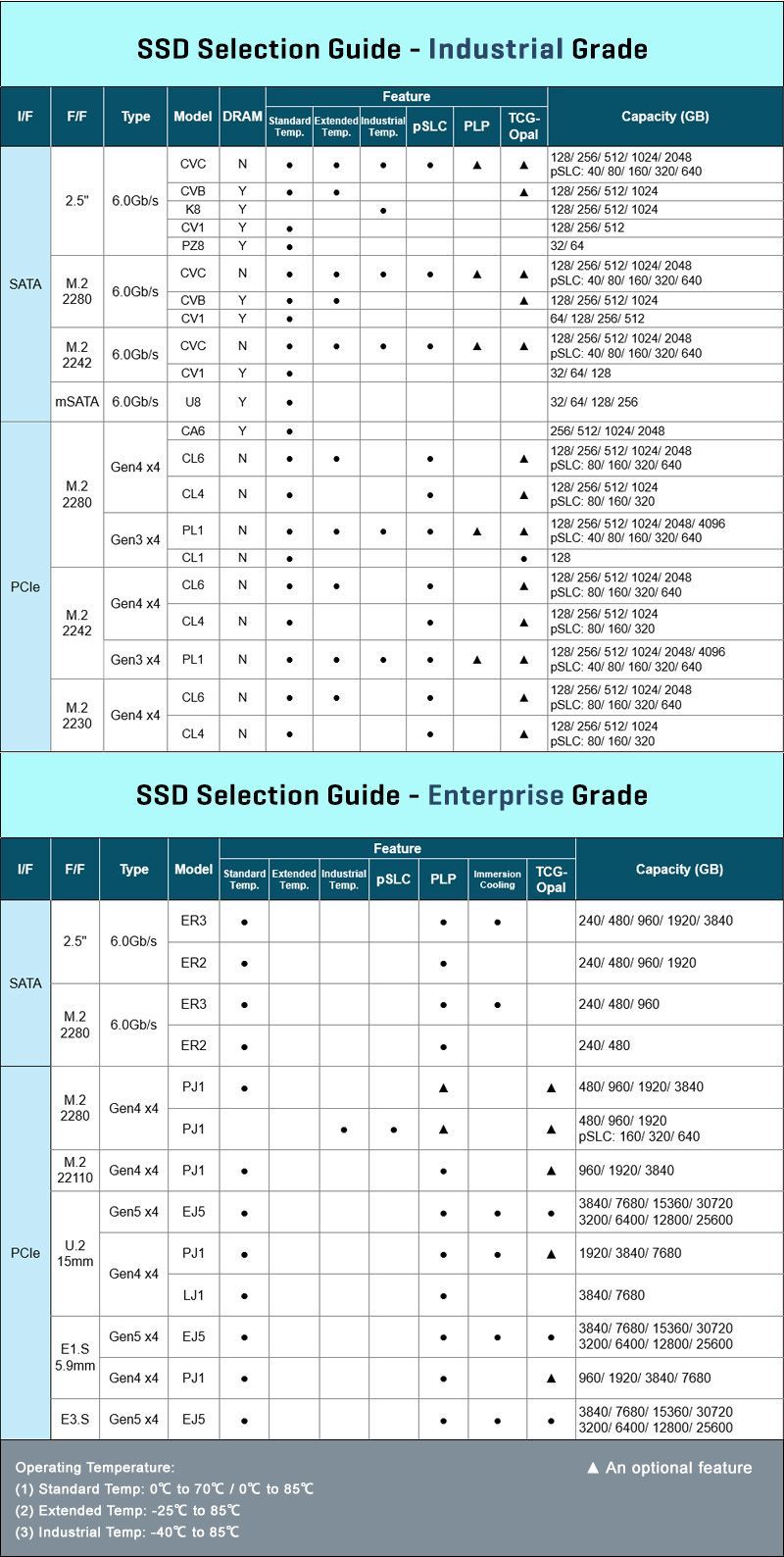
About Solid State Storage Technology Corporation (SSSTC):
As a subsidiary of KIOXIA Corporation, SSSTC is a leader in the design, development, and manufacturing of Solid-State Drives (SSDs) for Enterprise/Data Center, Cloud Computing, Personal computers, Industrial Solutions.
®SSSTC Corporation.All rights reserved. 12F, 392, Ruey Kuang Road, Neihu, Taipei 114, Taiwan, R.O.C

Share On: